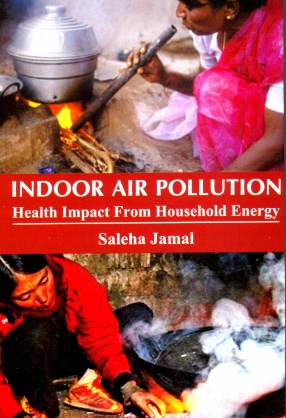Indoor Air Pollution: Health Impact Form Household Energy
The book focuses on the issue of indoor air pollution due to household energy uses and its impact
on the health of women. It includes the appraisal of
- Type of household energy used among different income groups.
- Monitoring of indoor air pollutants.
- Identifying risk factors associated with indoor air pollution.
- Assessment of diseases assoociated to indoor air pollution.
-Identifying vulnerable women/ households and vulnerable areas of the city for future planning.
The book is mainly based on primary sources of data which have been collected through survey of the city and 14 selected wards. From these wards 2,101 households belonging to different income groups were sampled. Data was collected with the help of questionnaire interviews. Indoor air pollutants were monitored in different cooking places, using different types of fuels.
The analysis shows that still in this modren era bulk of households were found using traditional fuels/stoves for cooking their food. The use of traditional fuels and stoves are the outcome of low income of households which leads to rigorous exposure to the emittred toxic pollutants leading to the increase of risk of a number of problems and diseases like cough, phlegm, eye irritation, acute respiratory infections (ALRI, AURI), chronic pulmonary diseases, asthma, pulmonary tuberculosis, perinatal mortality, low birth weight, cataract etc.
Identification of vulnerable people and areas shows that there are differences in vulnerability among income-wise households (low income women being most vulnerable) and city areas. There is need to address the problem differently. There are ways to iron out this situation and make a women's time in kitchen healthy and pleasurable. There interventions can occur on many fronts, which include
- Improving cooking devices (fuels, stoves, cooking appliances),
-Improving living environment (ventilation through doors and windows, separate kitchen) and
- Behaviourial change (spending less time in kitchen, fuel drying, using pot lids, proper maintenance of stoves, keeping children away from smoke).
Get it now and save 10%
BECOME A MEMBER








Bibliographic information